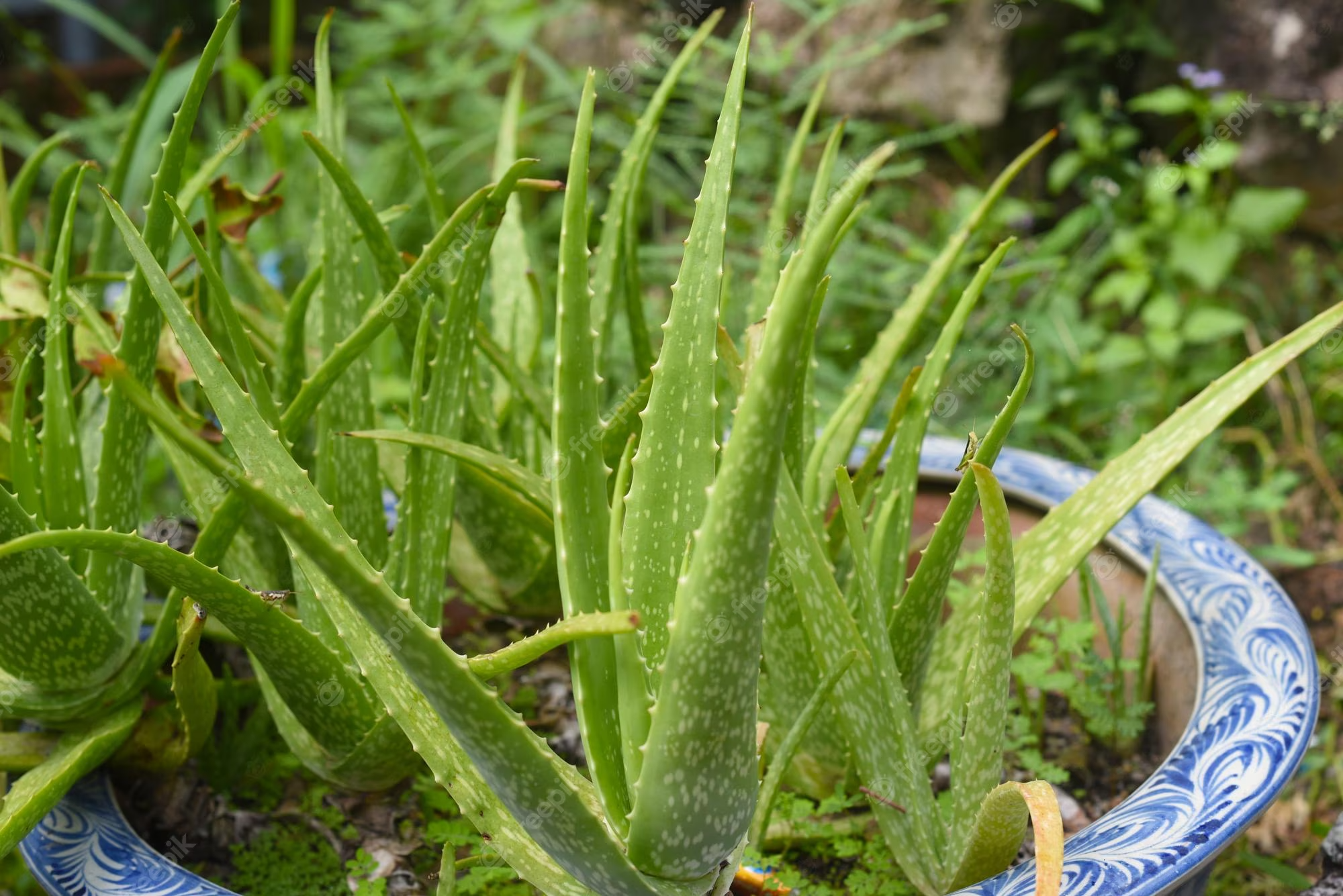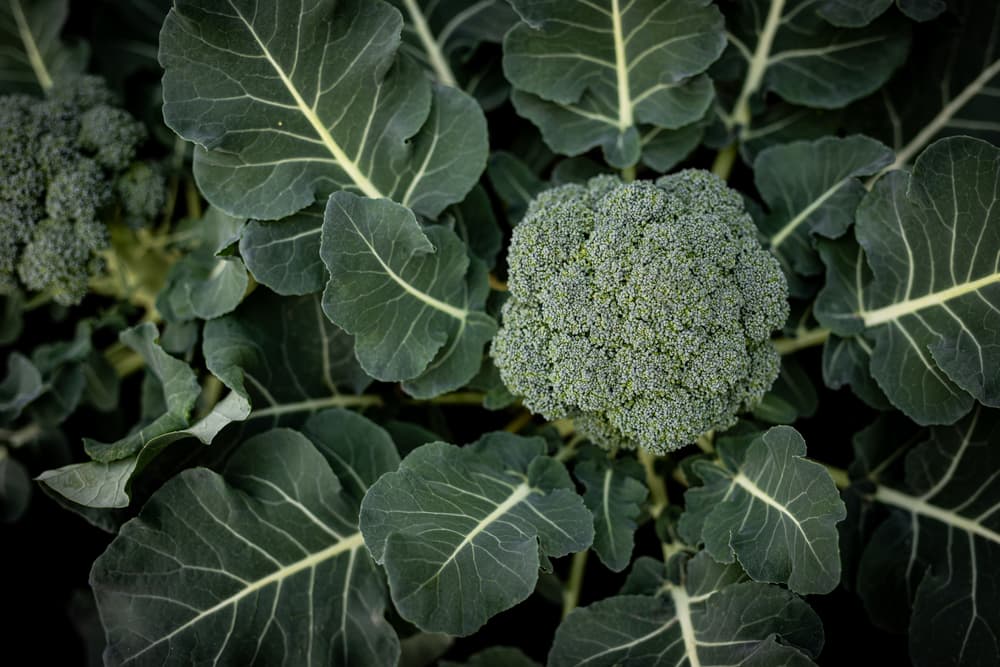Learn When and How To Prune a Rosemary Plant
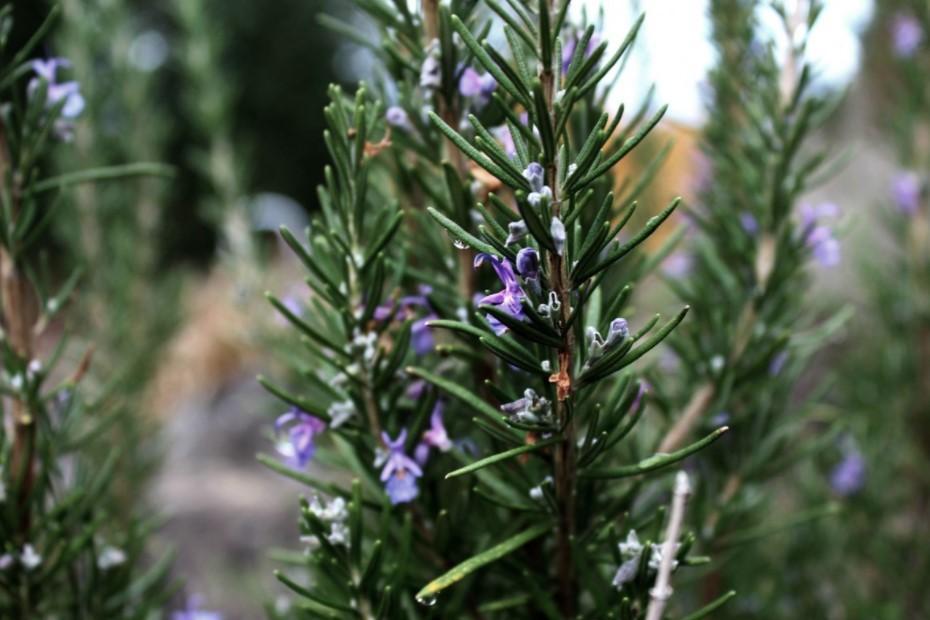
Table of Contents
Rosemary is a member of the mint family and makes a great addition to your herb garden, but they also require a bit of pruning to look great and grow properly. But the question remains when to prune rosemary? Ideally, your rosemary pruning begins when your plant is very young without any woody stems. It is important to know when is the best time to prune the rosemary plant, the correct tools one should use while pruning, the pruning technique and understand how to give them proper care.
Before we dive deep into the steps of pruning, it’s essential to understand different varieties of rosemary and how to plant them.
When you are looking for a variety, if you look for anything with the word Tuscan in it, you’re in a good spot. Tuscan Blue, Tuscan Spires, Miss Jessup, and Spice Island are all great varieties if you have outer space and want to grow them in a herb garden. But if you are growing your rosemary in a container or a pot, then the recommended varieties are Blue Boy or Golden Rain.
Now for planting, it is recommended to buy the rosemary starts instead of trying to start from seed as they won’t grow true to their type, especially if it’s from saved seed. At the same time, it’s way easier to start the rosemary by either cutting or straight up from the pot that you can buy at the nursery.
When to Prune Rosemary?
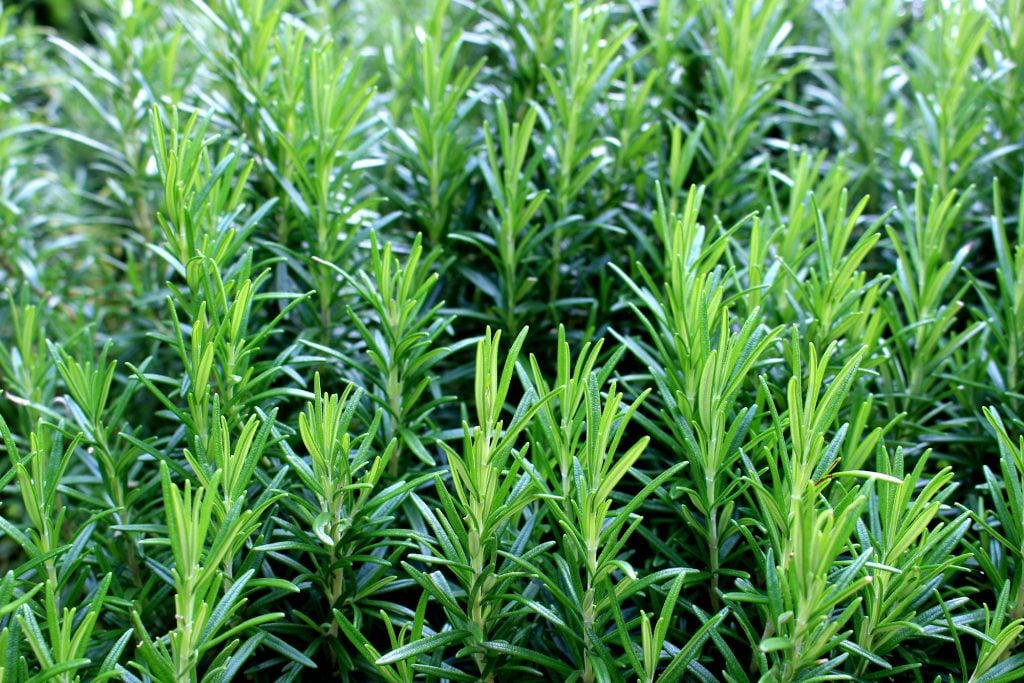
It is very important to understand when to prune the rosemary plant for healthy growth and harvest. The best time to prune your rosemary plant is between March and June. This time is characterized by warm weather and enough sunshine, which promotes healthy foliage and sturdy growth of the plant. One can also prune rosemary in the last week of winter and can be held off till the end of fall.
It is a good idea to schedule the last pruning session no later than 4-6 weeks before the earliest anticipated frost, which gives the newly developing shoots sufficient time to mature before the external temperature becomes too high for the plant to grow properly. It is essential to prune the rosemary plant each year around the same time to maintain its growth and let it flourish.
If you have your rosemary plant outside and it does get too cold, you would want to avoid pruning them when it is fall or winter because it is going to promote that new growth, and you want the plant to be able to harden itself out, so that, that new growth does not freeze when the temperature drops. That means anywhere between spring and summer is the best time to prune your rosemary plant.
To understand this better, you can refer to the seasonal pruning guide for rosemary plants mentioned below:
- Spring Season (Late March to Eary May): Trim branches which are crossing or rubbing against each other or have become too long during the early spring season.
- Summer Season (June to August): Let the rosemary grow freely during the summer season without much pruning. However, to get bushier growth, you can pinch back the tips of the new growth.
- Fall Season (September to November): During the fall, you should remove the dead and damaged branches and trim the ones that cross or rub against each other. Cut back branches which are too long and avoid removing too much growth, as the plant will need it for winter protection.
- Winter Season (December to February): During the winter season, the rosemary plant should be left unpruned as its bushes protect it from winter frost.
Choosing the Right Pair of Pruning Shears
Before pruning the rosemary plant, make sure that the pruning shears are clean and sharp. Having a dirty or blunt pruning shear can result in an untidy cut that can make the rosemary plant susceptible to pest attacks and bacterial infections. If the pruning shear is sharper, it will make a cleaner cut which will result in a stronger rosemary branch.
You can also use scissors when you are pruning the softwood, but to prune the hardwood, it’s recommended to use something stronger which can cut through very thick pieces.
Here’s a simple way to understand what tool to use and when:
- To cut back thick branches, use standard shears, but using a heavy one is highly recommended for better results.
- For already well-established shrubs, using a hedge shear can make the work faster and easier. You can also use an electronic trimmer.
- To remove very thick or large woody branches, a pruning saw, or a looper is a good choice.
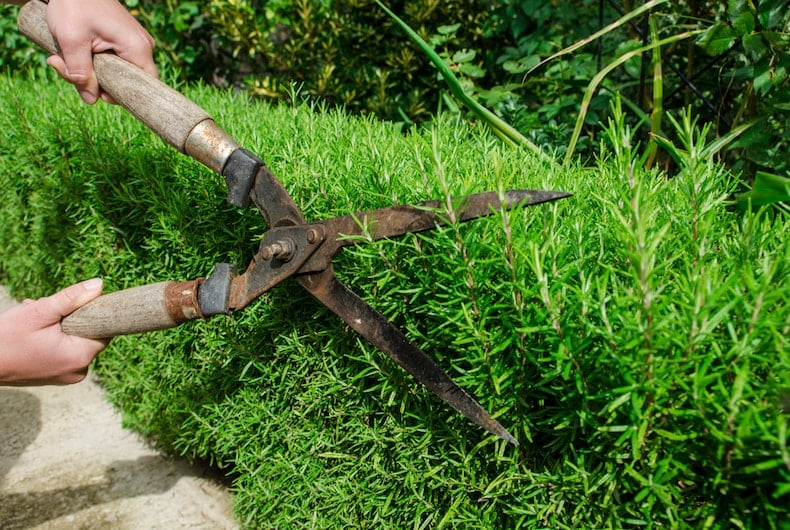
How to Prune Rosemary
Before pruning, one must assess the shape and size of the rosemary plant. A mature rosemary plant can withstand hard pruning during the winter in the woody part of the stem. This is the time when the plant is not actively growing. Whereas with a young plant, it’s better to stick with light pruning.
To promote the healthy growth of your rosemary plant, start by examining it for any dead or diseased branches. Once you have examined the plant, make sure to carefully cut the branch close to the main stem and give your rosemary plant a proper shape.
For a more drastic prune, you would want to cut the woody part of the stem while leaving at least two inches of green growth above the cut. This is called Hard Pruning.
To prevent the plant from becoming leggy, you should also prune the tip of the branch. You can start by taking off the tall growth of the branch, at least four to six inches. It’s important to remember to only prune up to one-third of the overall plant’s size to avoid stressing it too much. And don’t forget to save your fresh rosemary clippings when you are done pruning.
There are two basic techniques that you can use to prune your rosemary plant:
- Trimming back large stems and branches: For best results, start at the top and centre and work your way down and around the sides of the rosemary plant.
- Removing the new tips: This works best with the plant is rosemary plant is young and also encourages branching and results in higher yields.
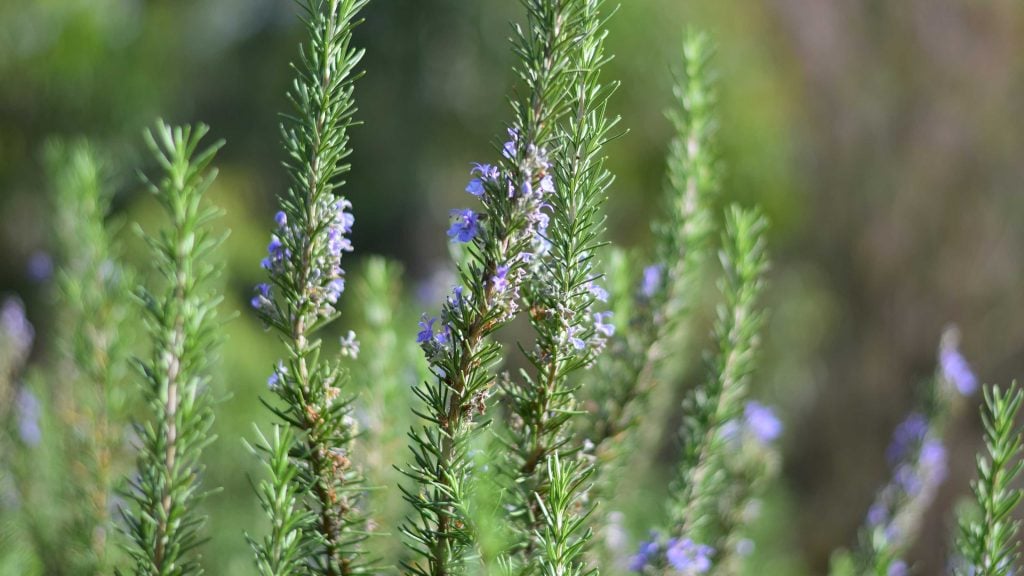
Other Factors to Consider While Growing Rosemary Plant
- Soil: A rosemary plant thrives best in well-draining soil, so make sure to plant it in a pot or a container with good drainage. One can also add some sand or perlite to improve its drainage.
- Water: Overwatering a rosemary plant can cause the roots to rot, resulting in a dead plant, so water your rosemary only when the soil is dry to the touch. But make sure there is no waterlogged.
- Fertilizer: Although the rosemary plant doesn’t require a lot of fertilizer, one can add a slow-release fertilizer in the spring season to give it a bit of a boost.
- Pests: One should always keep an out for any pests or diseases. Even though the rosemary plant is resistant to such problems but common diseases like rot, powdery mildew, and pets like spider mites and whiteflies can often cause a problem.
Pruning Your Rosemary Plant for Harvest
Harvest pruning is an essential part of rosemary care and can be done from mid-May to mid-Summer. To prune the rosemary plant for harvest, use a clean and sharp shear to cut the non-woody shoot diagonally. Make sure while harvesting to take the whole branch instead of a single branch, as the rosemary plants are sensitive to partial removal. And the healthy shoots of the plant can be used for spice or propagation.
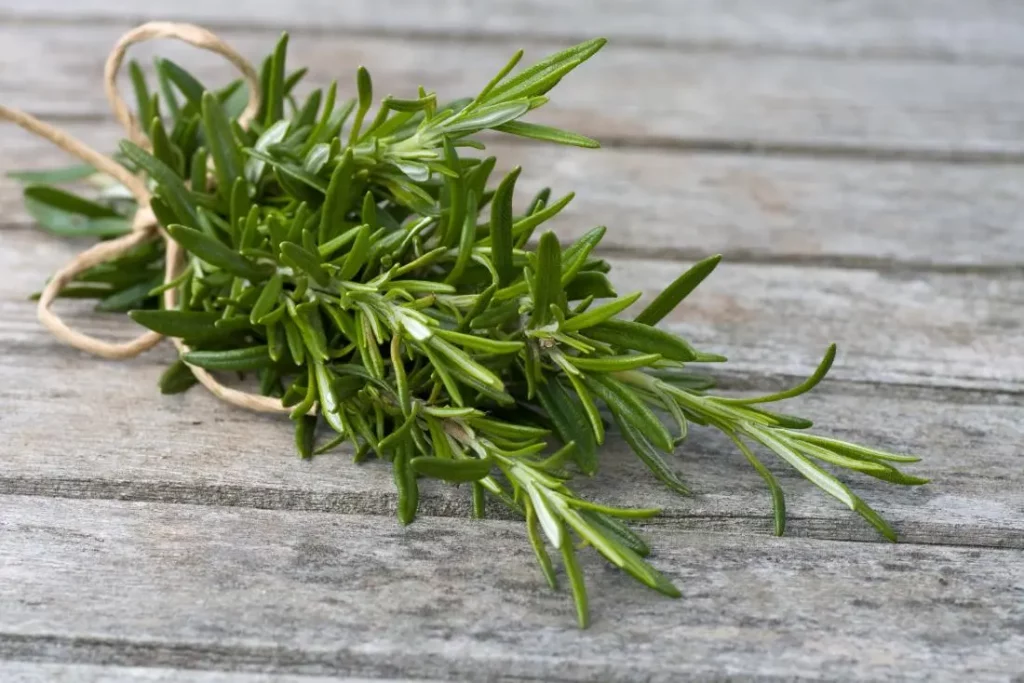
The Importance of Proper Pruning Techniques
All in all, it’s always good to know when to prune your rosemary plant as it’s vital for its growth, helps the plant to shed its deadness, saves it from any sort of disease, and overall helps in getting a more robust plant. It’s essential to know proper pruning techniques and to understand what’s the right time to prune the rosemary plant for a good harvest.
Pruning is not just of one type. For instance, light pruning can be done at any time of the year, but hard pruning is best done in winter. By removing dead and damaged growth, you can keep your rosemary plant healthy, vigorous, and productive.
To sum it up, by following the above techniques properly, you can prune your rosemary without any hassle and will be able to enjoy good produce along the way!
Frequently Asked Questions
Does Pruning Make Rosemary’s Growth Better?
Yes. Pruning encourages new growth of the rosemary plant and makes it bushier and fuller. Please remember that the best time to prune rosemary is when the plant is in the active growth stage and under the full sun.
What Makes the Rosemary Plant Grow Faster?
Providing the Rosemary plant with the right amount of water plays a crucial factor in its growth. Too much water can cause damage, so remember to check if the soil is dry and then water accordingly. And also, too less water deters growth and development.
What Is the Right Way to Prune a Rosemary Plant?
Trim back about one-third of the plants’ height during late spring or early summer to manage the size and shape of your rosemary plant. It’s all about the technique and precision used while pruning. The right technique will ensure that your plant remains healthier and bushier for a longer period of time.


